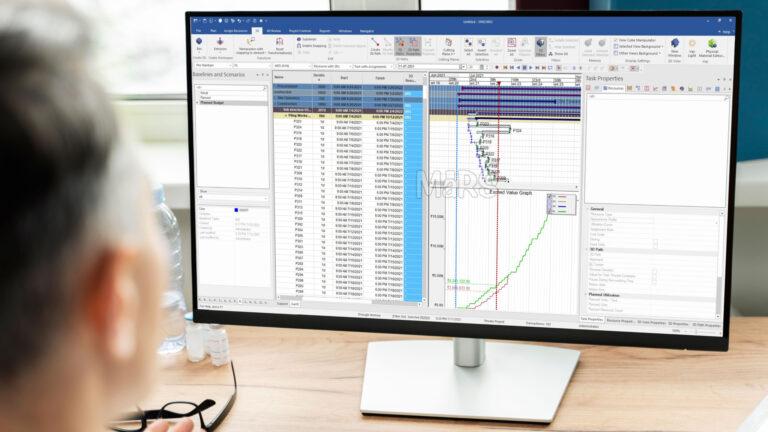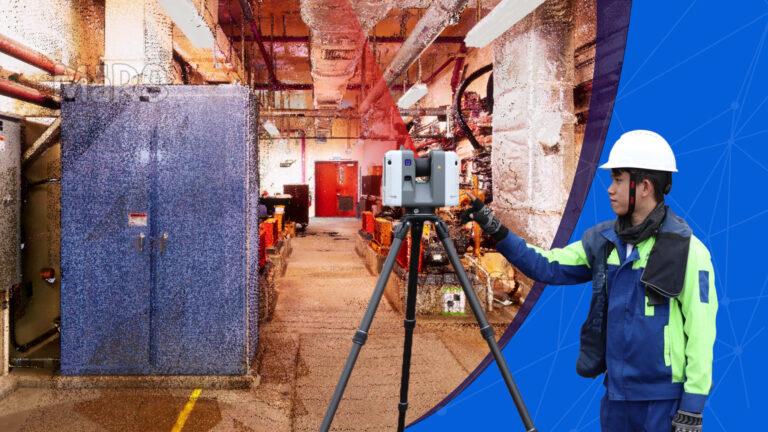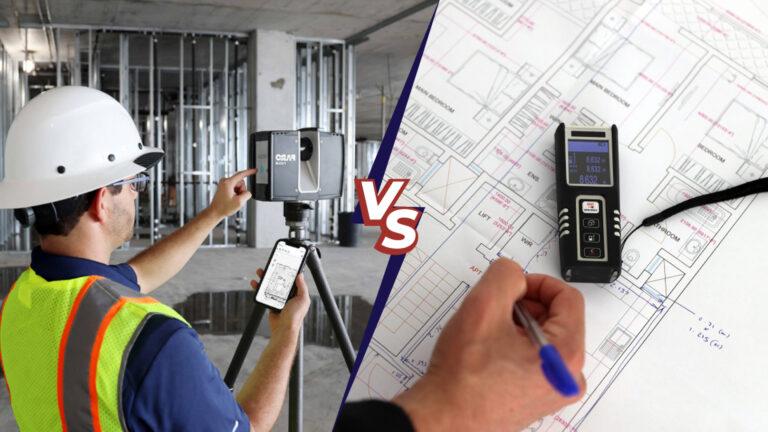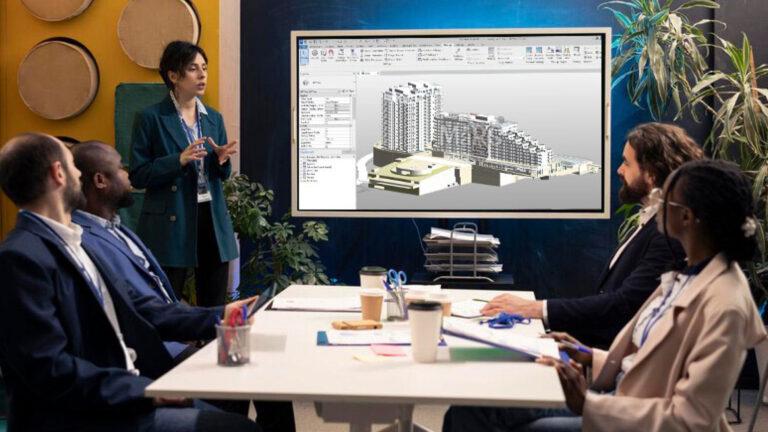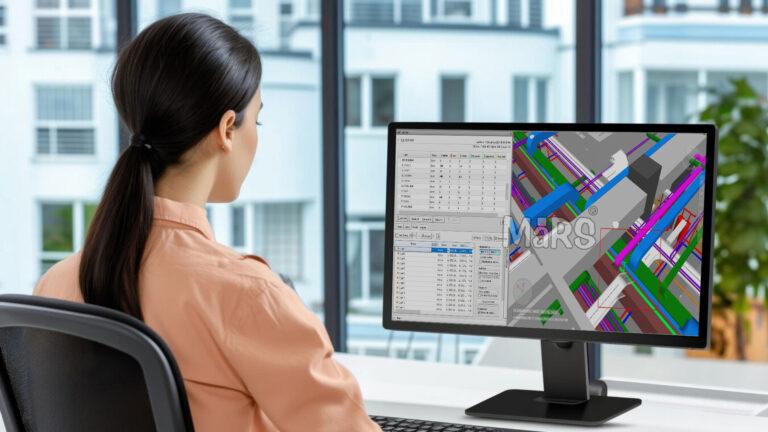Skepticism about digitization is still a reality in the world. However, the cause often lies in ambiguities inherent in the technologies. Some myth persists around Building Information Modeling (BIM) in the AECO industry (Architecture, Engineering, Construction and Operations). Time to clear up open questions and show how implementation works.
1. Is BIM only about 3D modeling?
3D modeling is a central aspect of BIM, but there is much more to the concept. BIM is about the management of data. However, these do not flow exclusively into models. They can also be used for planning and release processes. If the BIM software is combined with a Common Data Environment (CDE), for example, a “single source of truth” is created. This keeps everyone involved on the same page.
Since all processes run on one platform, recurring processes can be automated. In addition, planning with 3D BIM modeling can be supplemented by further dimensions: time (4D) and costs (5D) create considerable added value if they are also included in the models.
We can make a model with BIM Automation using Revit and Dynamo can lead the design acceleration and design parameters modification. This helps to detect changes in design with the most effective project management.
2. Is BIM only worthwhile for large projects?
Efficiency does not depend on sales or the number of employees. The first investment in the software may be easier for a large company. Viewed over the lifetime of the project, however, the more reliable planning causes fewer problems. Less rework and construction stops mean fewer extra costs.
The return on investment (ROI) can often come faster than expected. It is therefore advisable to invest in BIM now, before the technology becomes standard and requires adjustments under pressure. BIM has been mandatory for major public projects in the infrastructure sector since the beginning of 2021.
3. Doesn’t BIM bring any benefits outside of planning?
BIM in combination with CDE is more than just a planning aid. The advantages can also be transferred to the executing construction process. The site manager can read the progress on the models and compare them with the target values. Workers on site also have access to progress reports via the platform. If there are physical constraints or spontaneous redistribution of work, they will be informed directly.
Even after a project has been completed, the BIM data remains valuable. For the operator, the “digital twin” of a building is the basis for energy optimization or other construction measures. Since around 80% of the total costs of a building are not incurred until after it has been completed, savings are essential here.
BIM can do a lot more than 3D modeling and planning. But what about the complexity? Isn’t it difficult to integrate Building Information Modeling into everyday construction work? Not really. Roughly speaking, BIM can be broken down into three sub-areas:
Cooperation tool: Large projects often involve many companies. Standardized processes are required for orderly cooperation. Here, the purpose of BIM is primarily to contain the prevailing complexity. If everyone involved works with the same database and expands it together, “one hand always knows what the other is doing”. This facilitates coordination, approvals and analyses. Sentences like: “I didn’t see” or “I didn’t know” then no longer exist.
Accurate Modeling: While BIM is more than just a modeling tool, of course it is. Data in raw form that is stored on the CDE does not yet bring the desired added value. Only in an ordered and visualized form do they contribute to the success of the project. As a model, however, the information is not only interesting for architects and site managers, but for every partner involved. This is the advantage of dynamic models. If there is new data, it is entered and the system visualizes any changes.
Make informed decisions: Measures on major projects that affect the construction process can have costly and lengthy consequences. With BIM, a digital twin of the project is available, which makes decision-making much easier. Those responsible can simulate changes without becoming active on the real construction site. This affects the entire life cycle of the object. Whether in planning, construction or operation: BIM makes it possible to run through scenarios without having to use physical resources.
BIM as a method
BIM is therefore less a tool and more a method. The common database creates access to as much information as possible for all those involved across company boundaries. This simplifies the project process, enables more control and reduces incidents. BIM displays construction projects across all phases and documents every process step – and all this without any media breaks with just one platform.



